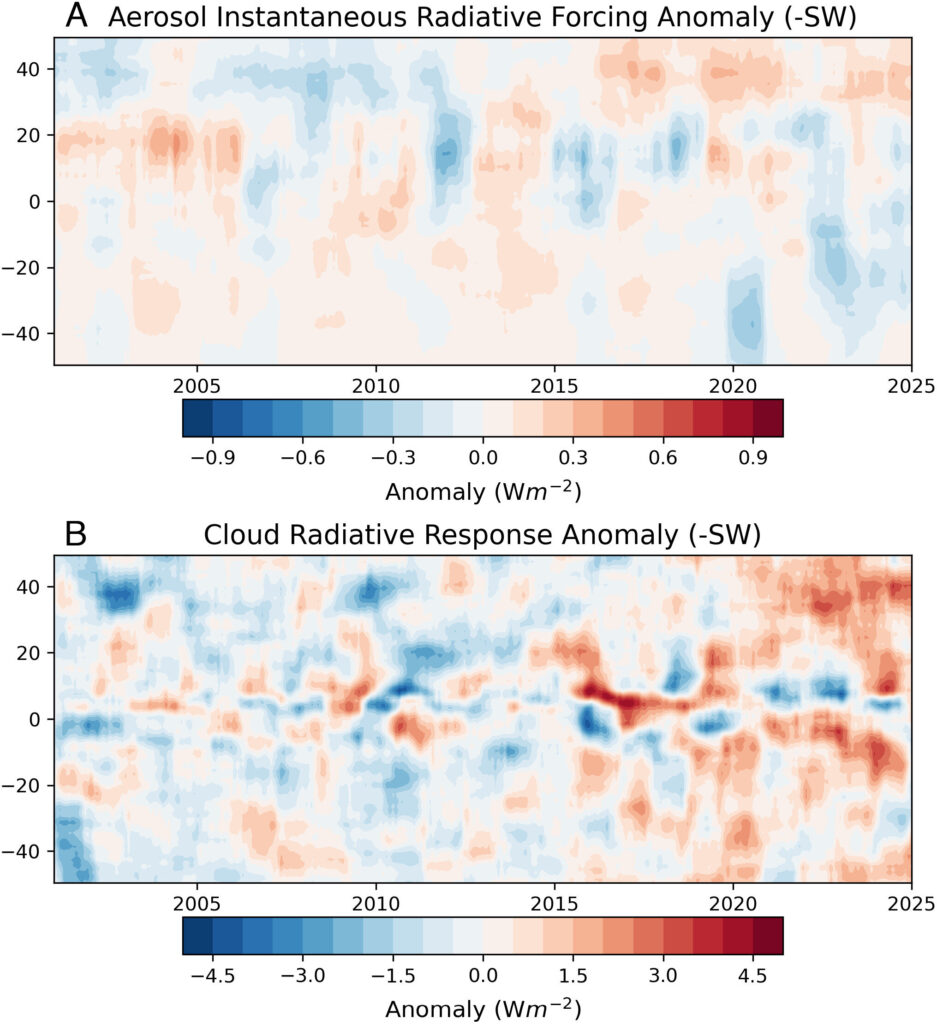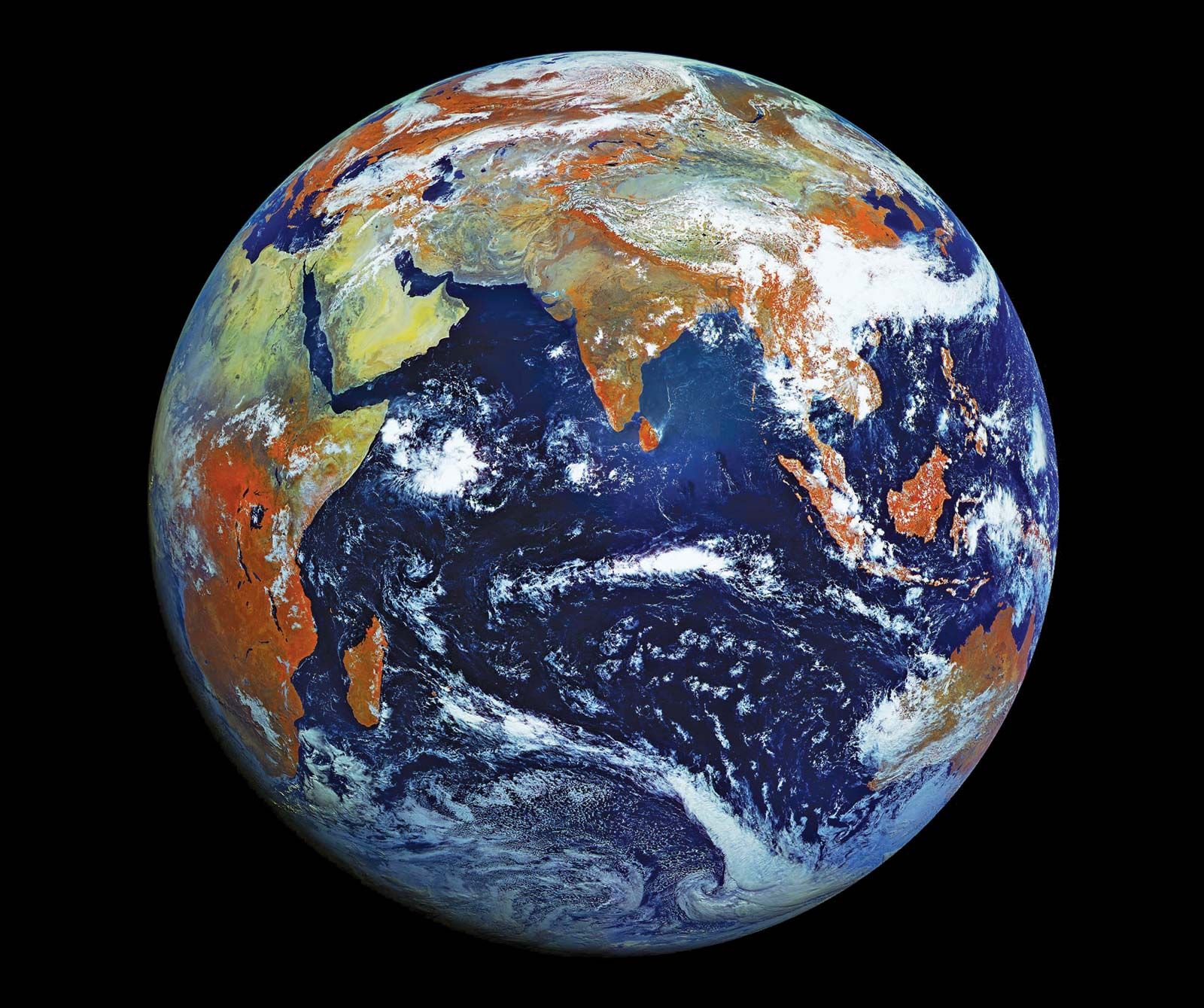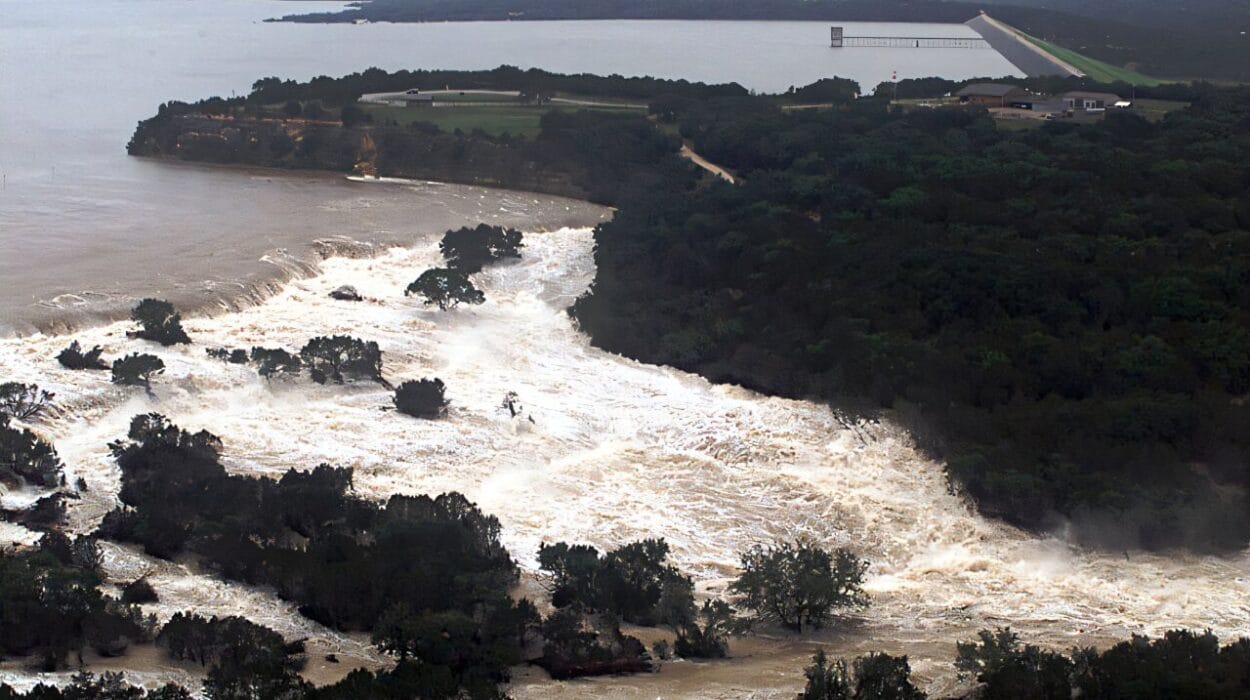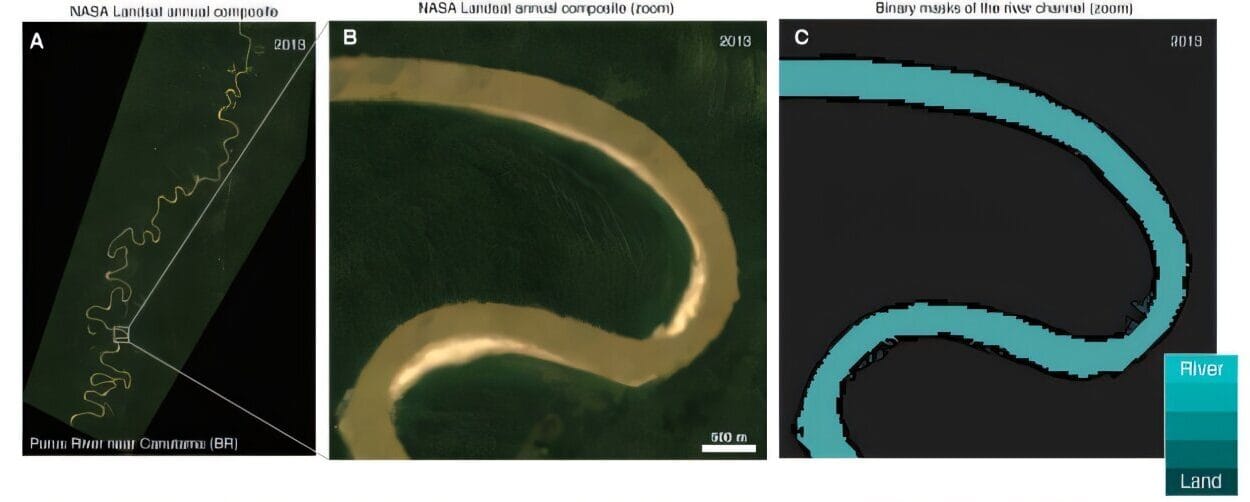Imagine standing on a quiet hillside at dusk, watching the sun sink below the horizon. For centuries, humanity has looked at Earth as a shining blue jewel, its clouds and ice reflecting sunlight into space. But scientists now report something unsettling: our planet is becoming darker. Between 2001 and 2024, Earth’s reflectivity—its ability to bounce sunlight back into space—has declined. That means more solar energy is being absorbed, and less is being sent away.
At first glance, the numbers may seem small. A divergence of 0.34 watts per square meter per decade, against the planet’s average intake of 240 to 243 watts per square meter, sounds almost negligible. Yet in the delicate balance of Earth’s climate system, such changes matter profoundly. They accumulate, shaping the temperature of oceans, the movement of winds, and the rhythms of life. The dimming of Earth is not just a statistical curiosity. It is a warning signal from the climate itself.
A North-South Divide
The new research, led by Norman Loeb of NASA’s Langley Research Center and published in the journal Proceedings of the National Academy of Sciences, revealed something even more intriguing. Earth’s darkening is not uniform. It is more pronounced in the northern hemisphere than in the southern one.
In general, the southern hemisphere has been gaining radiative energy, while the northern hemisphere has been losing it. For decades, scientists believed that nature compensated for this imbalance. Winds and ocean currents transport heat and energy across the equator, smoothing out disparities between hemispheres. But the recent study shows that this balancing act has not been fully effective over the past two decades. Something fundamental is shifting.
Why the Earth Reflects Less Light
Earth’s reflectivity, also known as albedo, is largely shaped by clouds, ice, snow, oceans, and land surfaces. Bright surfaces such as snowfields and ice sheets reflect sunlight efficiently, while darker ones—like open water or bare rock—absorb it. A change in albedo can therefore alter how much energy stays within the Earth system.
In the northern hemisphere, snow and ice are retreating. Melting glaciers, shrinking sea ice in the Arctic, and reduced seasonal snow cover mean that more dark surfaces are exposed, absorbing more sunlight. In this sense, the Earth is literally darkening as its icy shield diminishes.
Clouds, too, play a vital role. They act as giant mirrors, reflecting solar energy back into space. But the balance of cloud formation depends on many factors, including aerosols—tiny particles in the atmosphere that seed cloud droplets. The study found that atmospheric and oceanic circulations, along with cloud changes, have not been enough to counteract the differences between hemispheres. The Earth’s delicate system of reflectivity is faltering.
The Role of Aerosols
One of the most fascinating elements of the study concerns aerosols, those microscopic specks of dust, soot, sea salt, or volcanic ash that drift through the air. Aerosols can promote cloud formation, which increases reflectivity. They act like invisible scaffolding for clouds, helping them to grow and spread.

But here lies a paradox. In the northern hemisphere, air pollution has decreased in recent decades, thanks to strict environmental regulations in Europe, the United States, and China. That is good news for public health but has had an unexpected climate side effect. With fewer aerosols, fewer clouds form, and less sunlight is reflected back into space. The cleaner skies, ironically, have made Earth darker.
In the southern hemisphere, the story is different. Devastating bushfires in Australia released massive plumes of smoke and ash. The eruption of the Hunga Tonga volcano in 2021 and 2022 added even more particles to the atmosphere. These events increased reflectivity locally, but they were not enough to outweigh the broader global decline.
Clouds, the Uncertain Guardians
For years, climate scientists believed that cloud systems would act as a stabilizer. If one hemisphere darkened, cloud patterns would adjust, restoring balance. Yet the study challenges that assumption. Clouds, it turns out, may not be the reliable guardians we hoped they were. Their behavior is more limited and more complex than models had suggested.
This realization is critical. Climate models depend heavily on how clouds are represented. If clouds are less capable of compensating for hemispheric imbalances than once believed, our predictions of future warming may need revision. The dimming of Earth is a call to refine those models, to sharpen our tools for understanding the future.
The Emotional Weight of a Darkening Planet
Numbers and graphs can sometimes mask the human dimension of climate change. To say that Earth has lost a fraction of a watt of reflected sunlight per square meter per decade is precise but abstract. What it really means is that our world is holding onto more energy. It means warmer oceans, melting ice, shifting weather patterns, and stressed ecosystems.
The thought of Earth becoming darker resonates at a deeper, almost symbolic level. For centuries, our planet has been described as a shining beacon, a bright marble floating in the blackness of space. Now, to learn that it is literally dimming, losing its radiance, feels like a metaphor for our times. It reflects not just physical processes but also our relationship with the natural world.
A System at the Edge of Balance
The Earth is a complex, interconnected system. Sunlight, atmosphere, oceans, and life itself are all bound together in a fragile equilibrium. When one part shifts—ice melting, aerosols decreasing, clouds failing to compensate—the whole system tilts.
The darkening of Earth is not simply a reflection problem; it is an energy imbalance. More energy is being stored, fueling the processes that drive global warming. And the fact that this imbalance is uneven between hemispheres adds another layer of complexity. It may influence monsoons, trade winds, and storm systems that billions of people depend on.
Why This Discovery Matters
This discovery matters not just for scientists but for all of us. It reminds us that climate change is not a distant or abstract concern but a process unfolding now, reshaping the planet year by year. By understanding these subtle but significant changes, we gain insight into the forces that will shape the future.
Climate models are not just academic exercises. They are maps guiding us through the century ahead. They inform policy, guide infrastructure, and shape how we adapt to challenges like sea-level rise, extreme weather, and food security. If clouds, aerosols, and albedo behave differently than we thought, we must adapt our models accordingly. The cost of inaccuracy is too high.
Looking Forward
The darkening of Earth is not destiny—it is data. It tells us that human actions, from reducing air pollution to burning forests, ripple outward into the planetary system. It shows us that the Earth responds not only to greenhouse gases but also to the subtler interplay of aerosols, clouds, and ice.
The path forward is not simple. Reducing aerosols was necessary for cleaner air and healthier lives, yet it altered Earth’s reflectivity. Combating climate change will always involve navigating such trade-offs. What matters is that we understand them, that we make informed choices guided by the best science available.
A Planet in Transition
From space, Earth still shines. Astronauts describe its beauty with reverence, a fragile, glowing orb against the cosmic night. Yet beneath that beauty, the planet is changing in ways that challenge our imagination. Darkening skies, retreating ice, shifting clouds—all tell the same story: we live on a planet in transition.
The research by Norman Loeb and his team does not give us despair but perspective. It deepens our understanding of the subtle balances that make Earth habitable. It urges us to recognize that our planet is not static but dynamic, sensitive, and alive.
The darkening of Earth is a reminder that we are woven into this story. Our actions, our industries, our choices alter the fabric of the atmosphere and the brightness of the world. If the Earth is dimming, it is also teaching. It is telling us to look closer, think deeper, and act wisely.
Because in the end, the question is not only whether Earth becomes darker. The question is whether we, too, will lose sight of the light—and whether we will find the will to protect the radiance of our only home.
More information: Norman G. Loeb et al, Emerging hemispheric asymmetry of Earth’s radiation, Proceedings of the National Academy of Sciences (2025). DOI: 10.1073/pnas.2511595122






